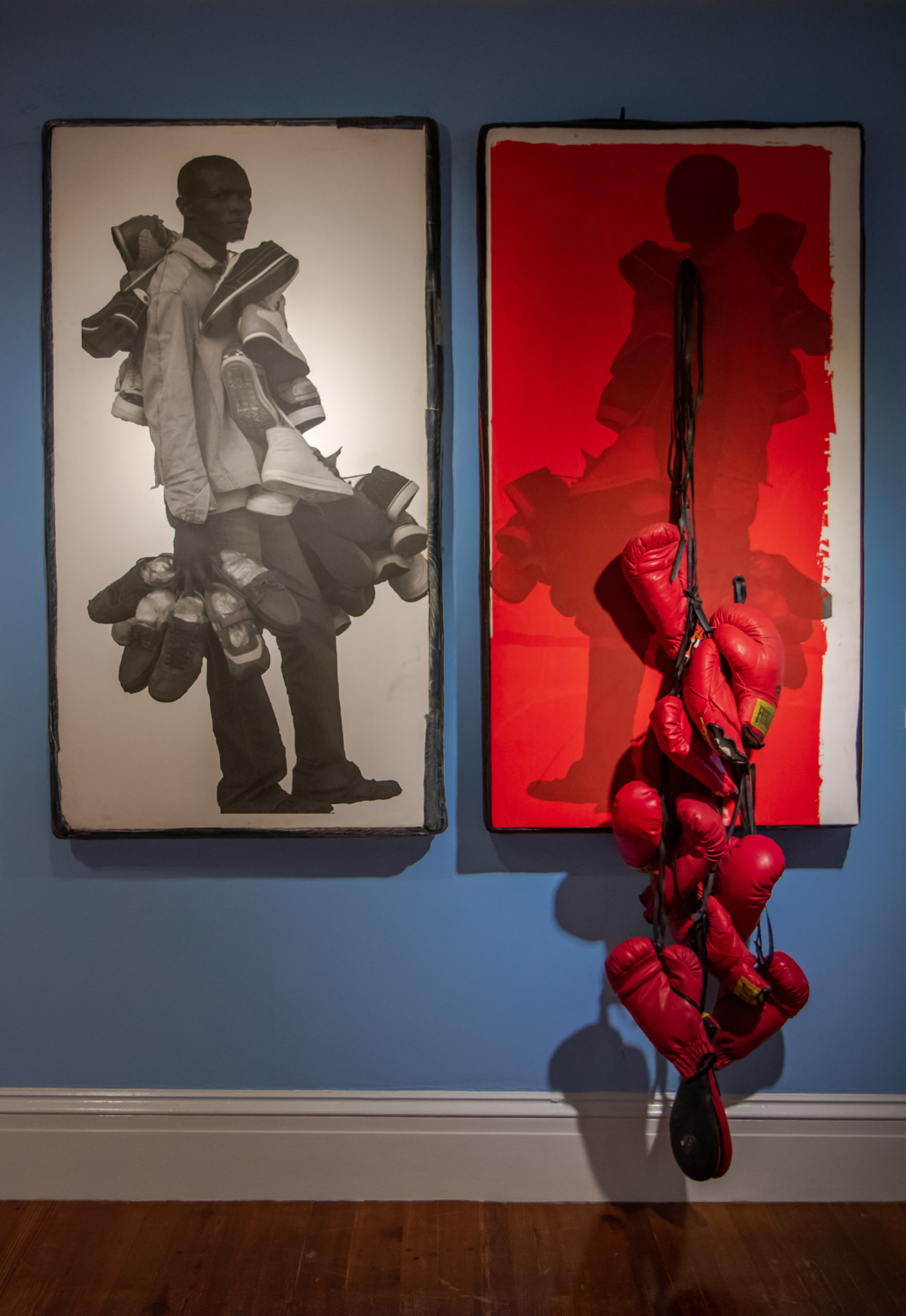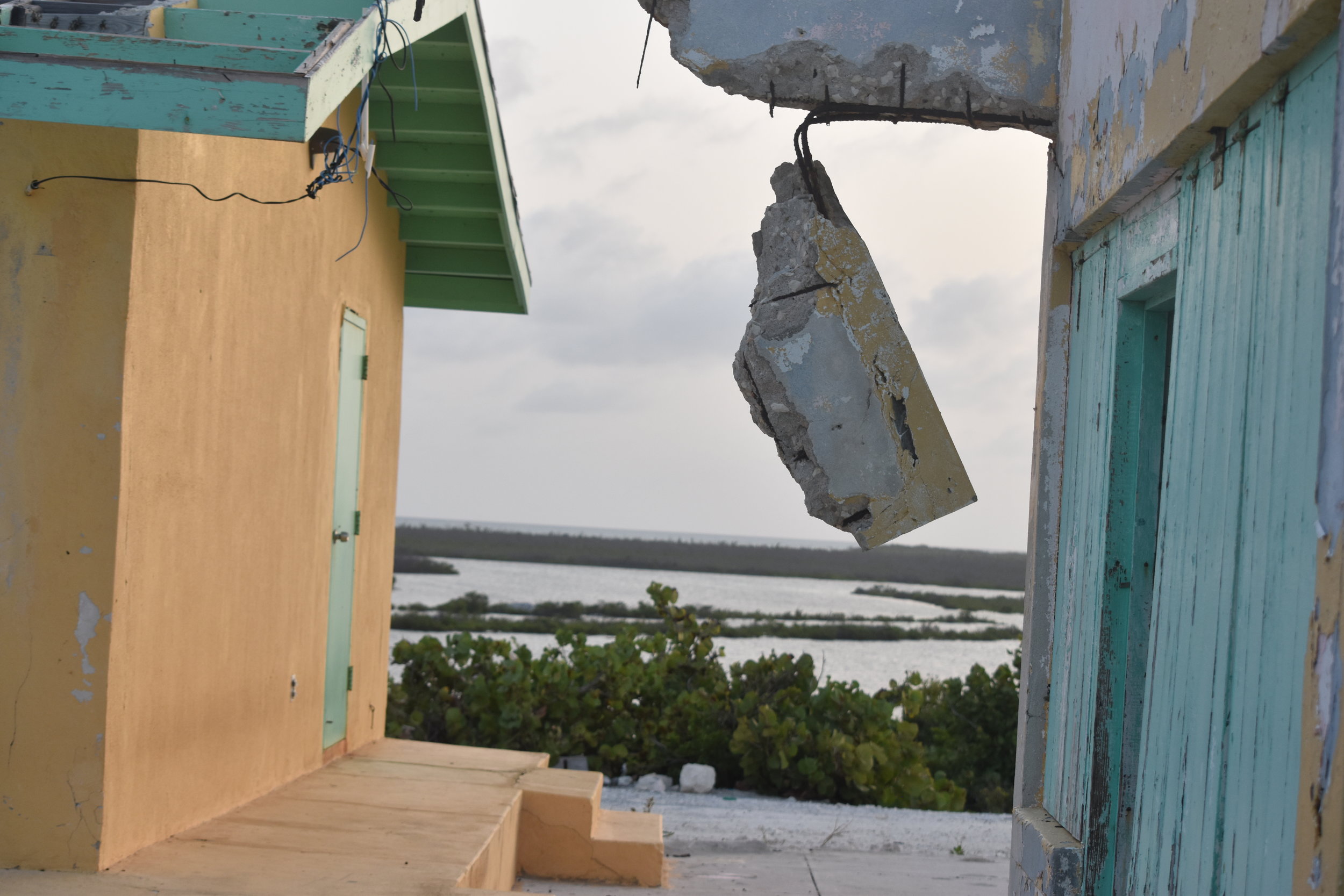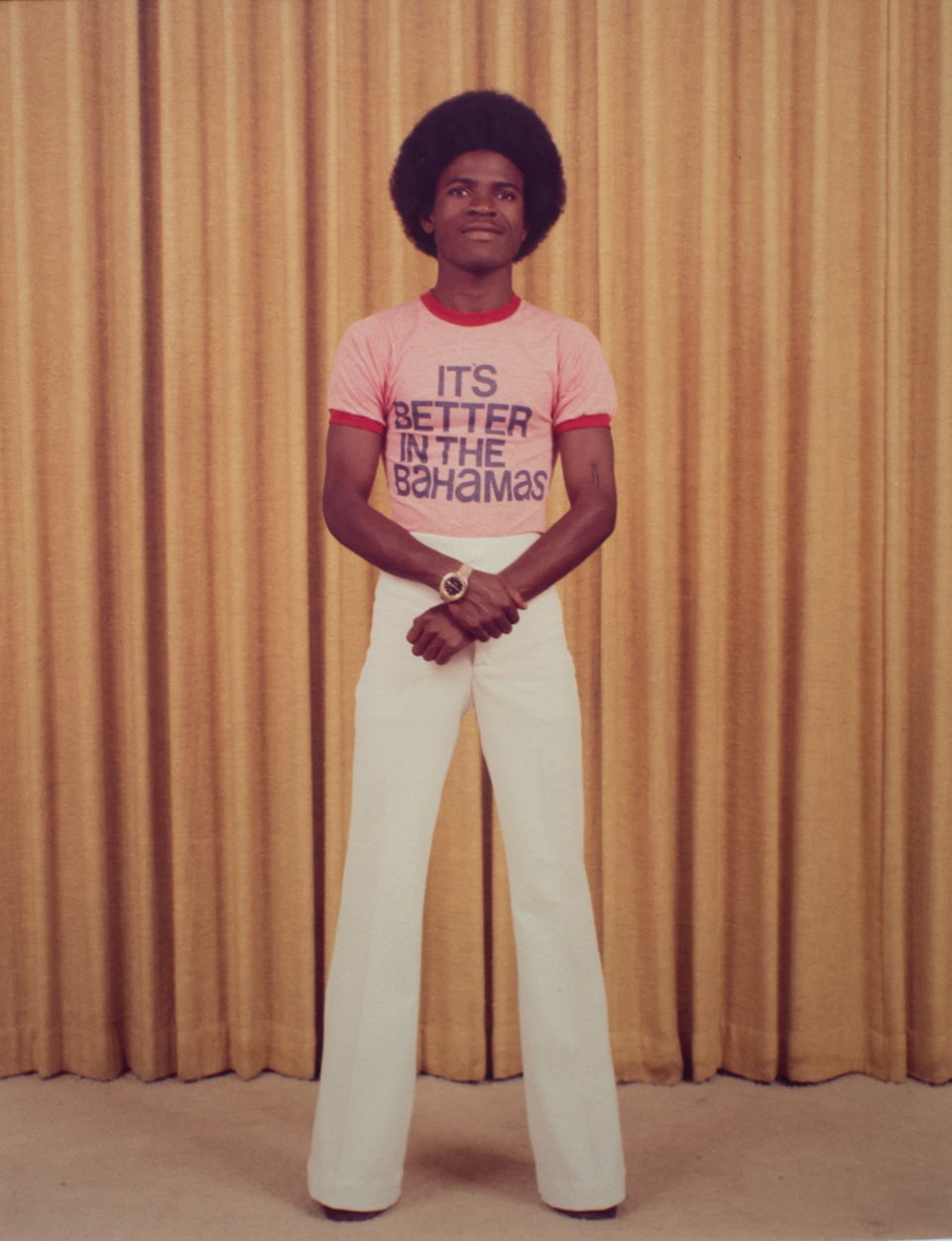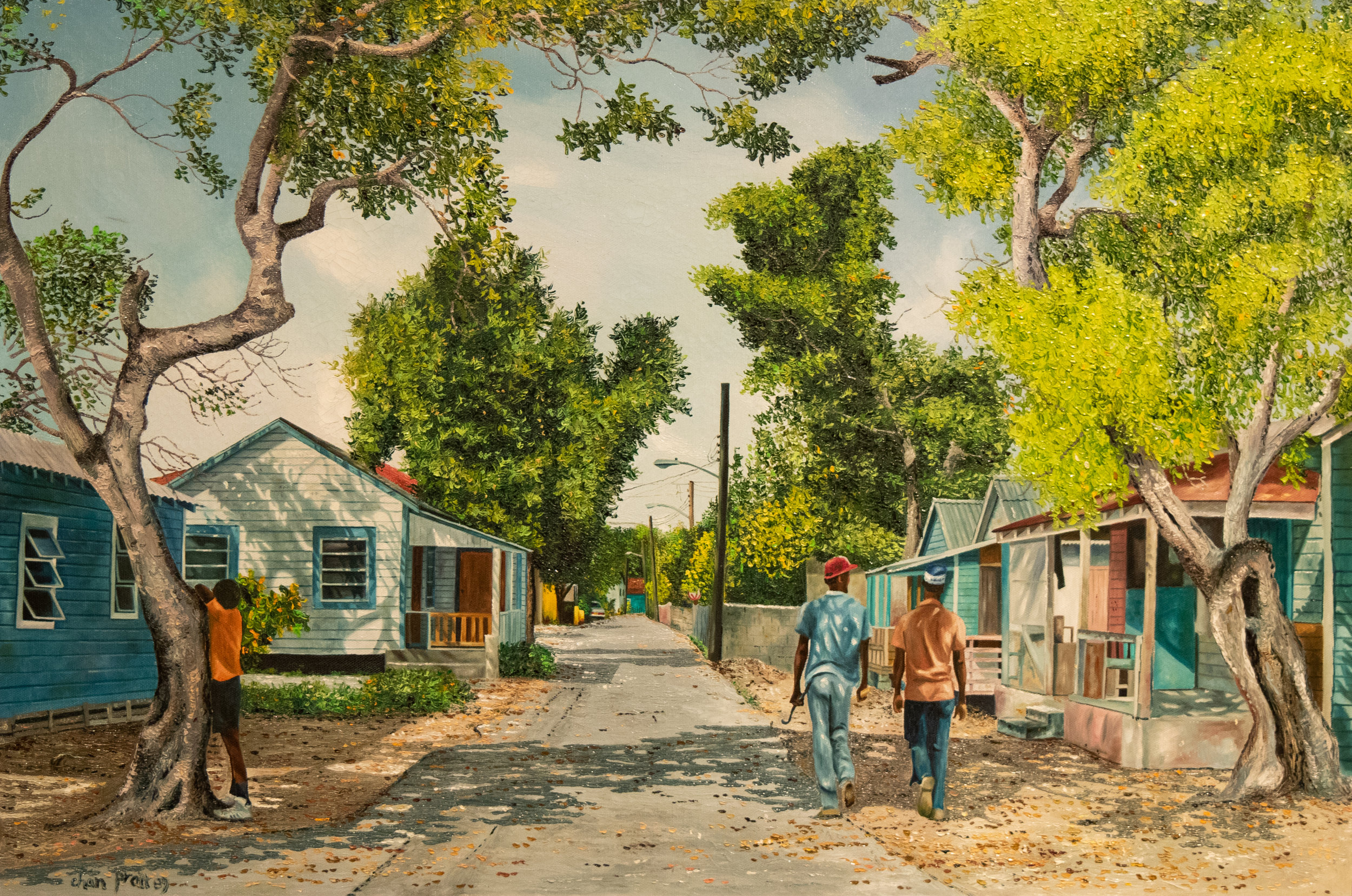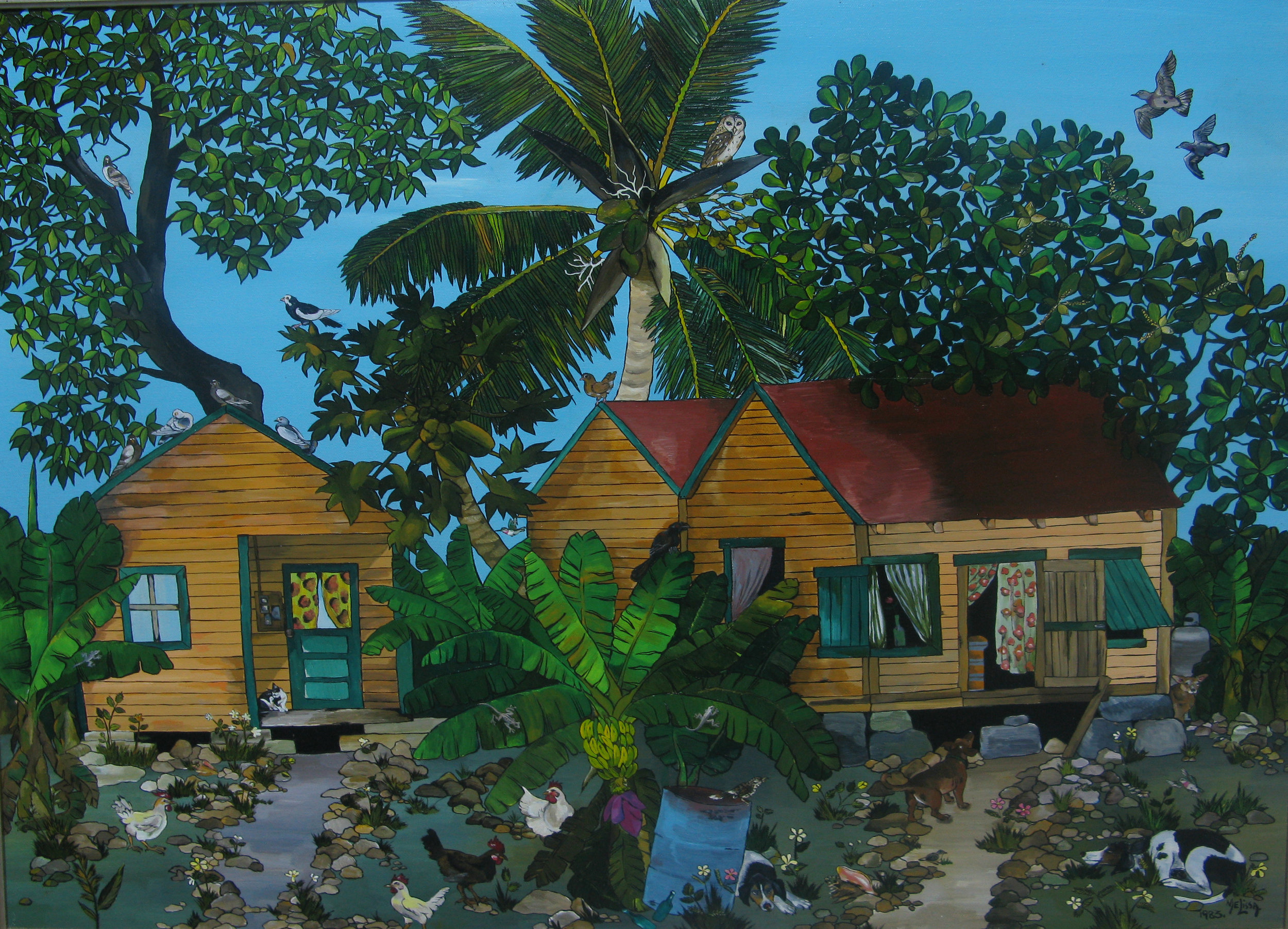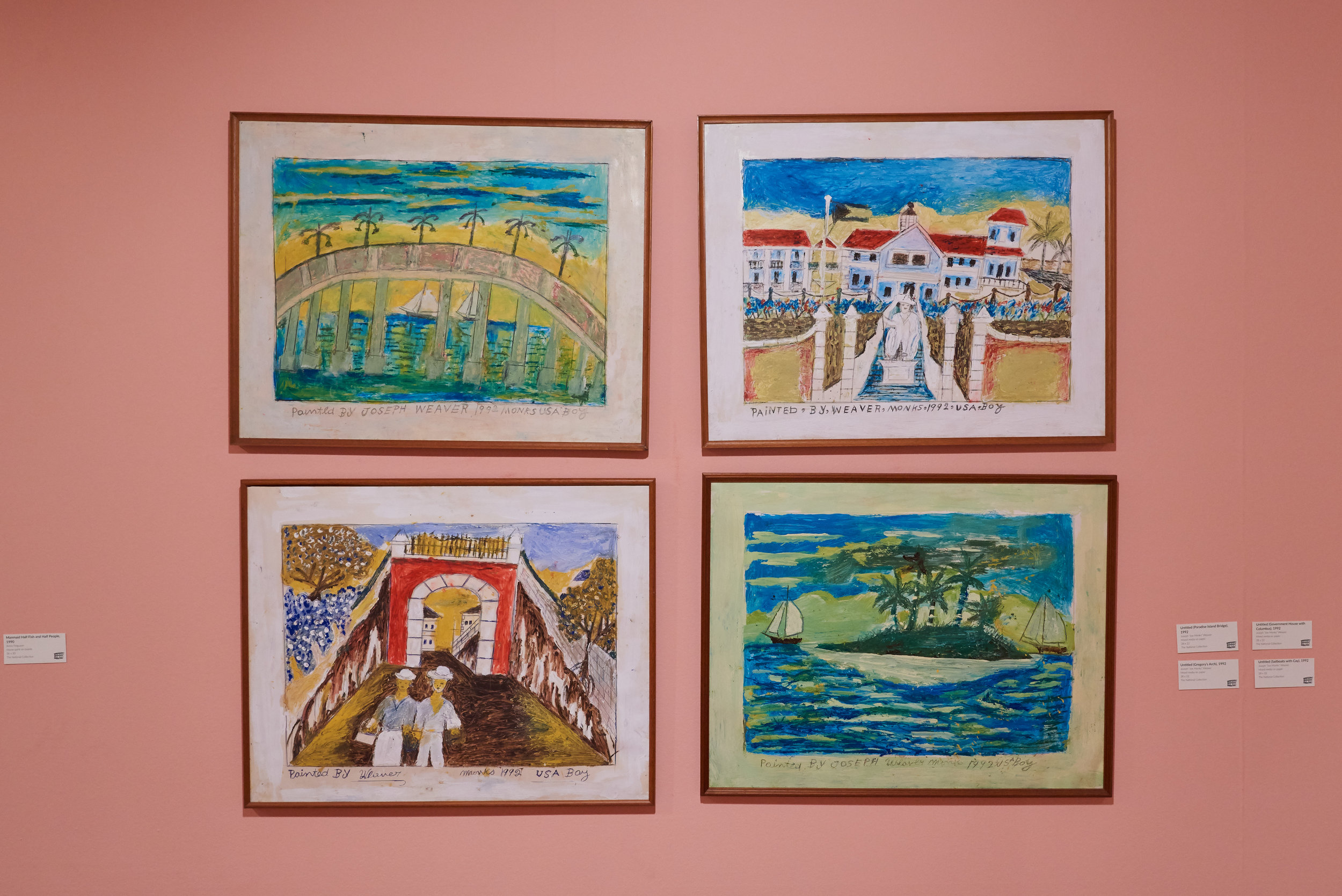By Blake Fox. Conservation of artworks is a crucial tenet of museums. Richardo Barrett, the curator of the new re-hang of the NAGB’s Permanent Exhibition (PE), “TimeLines: 1950-2007,” has worked in the Bahamian visual arts community for six years. In a speech at the unveiling of the new hanging, he noted the broad range of materials that he has encountered—including art made from sturdy ceramic, over to ephemeral seeds. Barrett further expressed his interest in—and the importance of—the survival of these materials for years to come. The conversation surrounding materials–the impermanent and the enduring–has been crucial in the curation of the recent rehanging of the Permanent Exhibition. The museum is having to ask and answer difficult questions around how we conserve works to ensure that they survive–especially in our tropical, humid climate–for generations to come.
Currently browsing: Editorial
Epistemic and Cultural Violence: Powercutting as Light
Anibal Quijano (31 May, 2019) and Toni Morrison (5 August, 2019) – two great thinkers have gone. Nicolette Bethel’s 1990 play, Powercut, produced and performed at the Dundas Centre for the Performing Arts, shows what happens in the dark. Nowadays, lights drop into darkness at least once a day for hours at a time. The violence of structures invisible to the naked colonised eye is only ever gossiped about. We are afraid to cease being what we are not, we do not know how to be who we are. It is the culture of violence and silence revealed through ‘discussions’ around tourism and prostitution, two interlocked economies of pleasure. The Victorian Bahamas avoids discussing these things in the same breath, yet the exoticisation and tropicalisation of space and place speaks to a reality of total erasure of self for what we are not, to pick up on Quijano’s statement. In “The Visual Life Of Social Affliction,” the upcoming Small Axe Project exhibition which opens at the NAGB on Thursday, August 22nd, we see what we are taught/made not to see; we see the violence of not seeing who we are and the trauma of being held in bondage through invisible structures. Powercut reveals a lot of the invisible structures, as do the works of recently departed thinkers Anibal Quijano and Toni Morrison.
The Visual Life Of Social Affliction: Structures of Violence in the Caribbean
Structural violence is rife and regionwide. At least we are here, even if we may be. In Bahamian artist Blue Curry’s “The New Riviera”(2014), we are not even here. This erasure of us from the scene is yet another form of unperceived structural violence, as we can also see in Curry’s “Nassau From Above” (2004).
Finding Our Voices: Resisting Violence and Oppression
By Dr Ian Bethell Bennett, The University of The Bahamas. “I could be bounded in a nutshell, and count myself a king of infinite space, were it not that I have bad dreams.” – Hamlet, II.ii. Is it a bad dream, a nightmare provoking somnambulance? We all think the best of green gentrification because we have been taught, in spite of the climate sceptics, we need to do something to improve our resilience. We are also told by the media that while people know about climate change and the havoc it plays in their neighbourhoods, jobs are more important because many of us are one paycheque away from poverty.
Designing for Space: Working with Possible Futures in Mind
By Dr Ian Bethell Bennett,The University of The Bahamas. Colonialism and coloniality in design occur when little is left of the past to remind us of the physical reality. On a recent trip to Cape Town, I had the pleasure of enjoying two spectacular spaces of art and design that showed how important it is to think through purpose and landscape and how the beauty of both can be made functional in the spaces created. I had the pleasure of stumbling into a nursery that doubled as an apparent antiquarian. The space was large and well-designed with room to breathe. Form and purpose combined with the art of design to speak to concepts of natural beauty, much like the wave design at the London Aquatic Centre at Stratford designed by Zaha Hadid especially for the 2012 Olympic games and constructed by Balfour Beaty; the perfect example of form, design and purpose merging and blurring lines of functionality and beauty.
Timelines: Developing Blackness
Historical photographs show Bahamians claiming and embracing their African heritage. Aptly named, these photographs show us a period in our history where Bahamians were pointedly claiming and embracing their Blackness. This sense of pride was born out of, but not limited to America’s expressions of Black power during the Civil Rights Movement, the road to Majority Rule in 1967, and The Bahamas’ independence in 1973.
Demure Facade, Colorful History: Sterling Miller’s “Villa Doyle” (ca. 1969)
Feature Demure Facade, Colorful History: Sterling Miller’s “Villa Doyle” (ca. 1969) Natalie Willis Whylly ● July 3, 2019 The Villa
Check Yourself: Thinking About Stereotypes and Chan Pratt’s Sincerity in Painting Over-the-Hill
By Natalie Willis. A man walks along a row of houses with a crowbar in one hand, a piece of wood in the other, he is speaking to someone: a friend, an acquaintance, a family member, a neighbour perhaps? The houses are neat, patched up with care – no doubt due to the stresses of time and hurricanes alike, there’s only so much this old clapboard can take. The street is neat, orderly, a pubescent boy leans against a tree in the shade, and things feel calm, serene in the row of homes. This is not what people think of when they think of the current state of Over-the-Hill (OTH). Bain and Grants Town are woefully underserved communities, that much is certain, but they are also demonised for circumstances largely beyond their control in a cold, classist manner of stereotyping.
“Wellington Street Dwelling”: Exploring the Bahamian Vernacular
By Kelly Fowler, Guest Writer. An island landscape in the mind of a non-native may include picturesque coastal scenes of blue and turquoise shaded waters gradually transitioning to crystalline, onto shallow shores of powder white sandy beach, and further to lush foliage of coconut and palm trees. To the native Bahamian, the island landscape may vary considerably. The landscape may range anywhere from the quintessential narrow, yet neat streets featuring well-kept, board houses nestled among vibrant Bougainvillea, Poinciana and golden shower trees, to scenes of markets, daily life and the historic Over-the-Hill community where centuries-old silk cotton grow, fruit trees flourish and royal Bahamian potcakes roam freely. Both the outsider’s notion and the insider’s experience are represented in Bahamian art. Melissa Maura’s 1983 oil on canvas painting entitled Wellington Street Dwelling is a glimpse into an insider’s experience of island life and landscape. The painting draws the viewer into the lived experience of the native Bahamian and invites the onlooker to reflect on the diversity of the island landscape and how the landscape has changed over time.
Dialect and Diaspora: The Intuitive Art of Joseph “Joe Monks” Weaver
By Natalie Willis . As the current Permanent Exhibition, “Hard Mouth: From the Tongue of the Ocean” comes to a close next month, it’s an apt time to review one of the key themes that resonated with many during our tours and casual chats here at the museum. We love to speak about how special, confusing, and linguistically interesting our Bahamian dialect is, but one of the questions posed in this exhibition in the section titled “Dialeck” [sic] gives us a moment to think on what our visual dialect could look like. When we look at the work of intuitive artists such as Amos Ferguson, Netica “Nettie” Symonette, or Joseph “Joe Monks” Weaver, we see just that – people who move beyond the “proper grammar” of Eurocentric art history and the canon of art practice, choosing instead to communicate in an art dialect of their own making.
